Can we add more life to our years?
Research advances at the University of Cambridge mean that the eternal quest to reverse the march of time may soon become a reality

We’re living longer than ever before.
In 1841, UK life expectancy at birth was roughly 40 years - now it’s around 81. But longevity does not always equate to good health - there’s a discrepancy between lifespan: the number of years we live, and healthspan: the number of those years we live in good health.
From the age of 60, at least half of us will start to develop an age-related condition. And once one appears, more will often follow. With care systems already overwhelmed, what if we could target the causes of age-related decline, and reverse them?

4000 dots represent the average human lifespan of 4000 weeks. But not all weeks are equal. As we age, our risk of diseases such as cancer, arthritis, dementia and stroke greatly increases - represented here by colour change from top left to bottom right. Credit: Alex Cagan.
4000 dots represent the average human lifespan of 4000 weeks. But not all weeks are equal. As we age, our risk of diseases such as cancer, arthritis, dementia and stroke greatly increases - represented here by colour change from top left to bottom right. Credit: Alex Cagan.
Why do we age?

Despite the fact that ageing affects almost every living organism, scientists don’t fully understand what causes it. This is an obvious first step if we want to slow down, or even prevent, its effects.
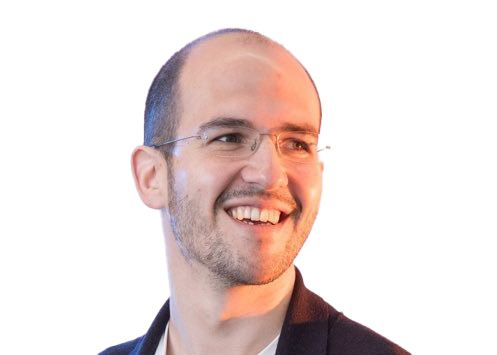
“Our bodies undergo lots of biological changes as we age, but it’s not really clear which of those are consequences of ageing, and which of those are actually causing it.”
Dr Alex Cagan, Department of Genetics
One potential contributor to ageing is the gradual accumulation of mutations in our cells’ DNA – which provides instructions for our bodies to function. This could ultimately lead to disease and the visible features of ageing.
Our DNA is constantly barraged with damage by the everyday processes going on in our cells. Sometimes mistakes are made when DNA is repaired, or copied as cells replicate. And external factors like smoking, UV rays from the sun, and pollutants, also cause damage.
Cagan is trying to unlock the secrets of how some species can live so long, by comparing mutational processes in the DNA of long- and short-lived species.
“All the species we’ve looked at get to the end their lives with a similar number of DNA mutations - from mice that live about three years, to humans that live about 80 years,” he says. “This suggests there’s an evolutionary constraint to how many mutations an organism can accumulate.”
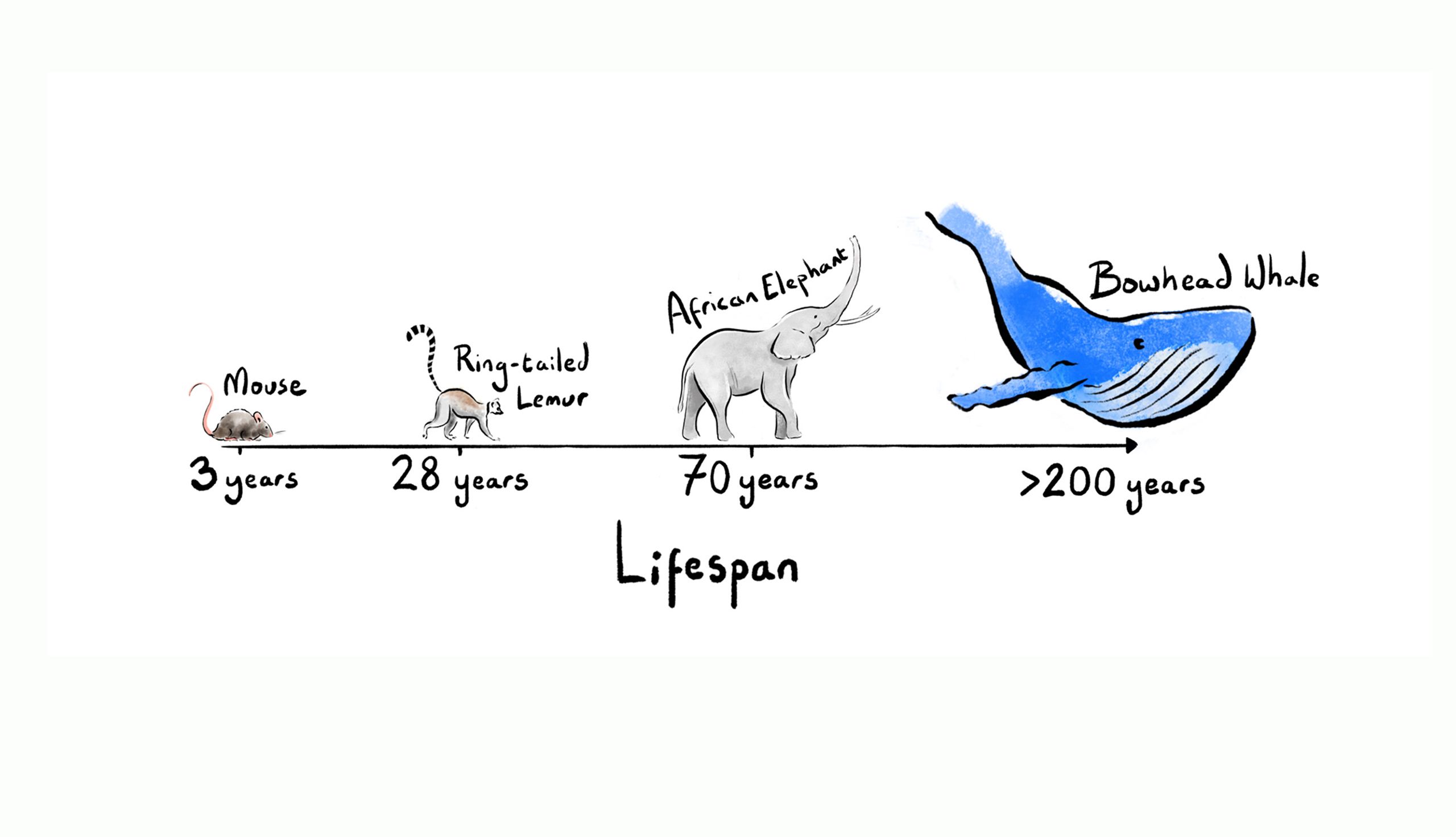
Mice live for around three years, while Bowhead Whales can live for over 200. Credit: Alex Cagan.
Mice live for around three years, while Bowhead Whales can live for over 200. Credit: Alex Cagan.
He plans to explore whether animals with very long life-spans - like whales, elephants, and ‘immortal jellyfish’ - have evolved a better ability to repair their DNA damage than we do. If we can understand what’s going on in their cells, maybe we could transfer that process into humans.
Cancer risk
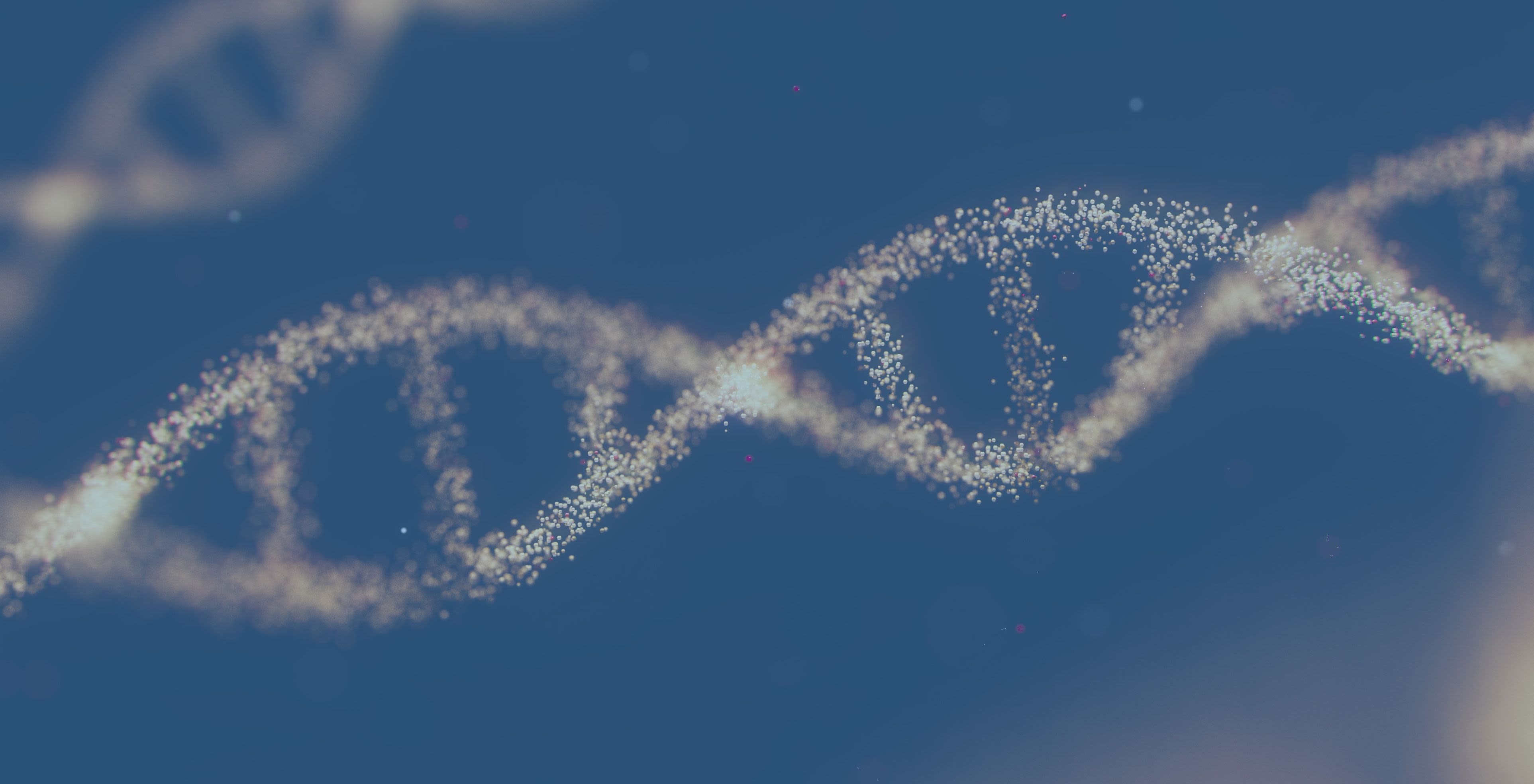
One particularly fascinating long-lived species is the naked mole-rat. Based on its mouse-like size, it would be expected to live for three to five years - but it actually lives for over 30. Naked mole-rats age healthily too, and seem particularly resistant to cancer.
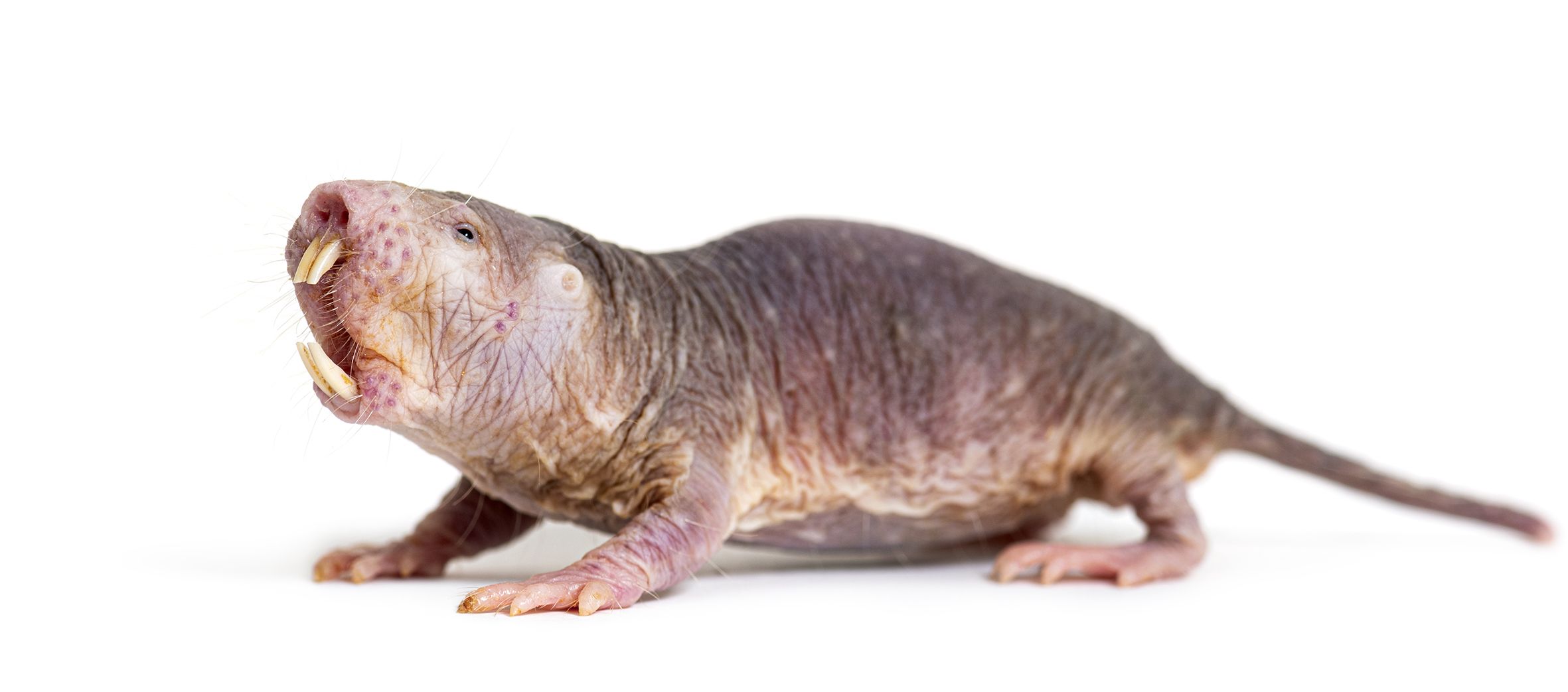
Naked mole-rat. Credit: GlobalP/iStock.
Naked mole-rat. Credit: GlobalP/iStock.
“Naked mole-rats live a long time, and as mammals they’re more closely related to humans than other long-lived species we know about like certain species of bird,” says Professor Ewan St. John Smith in the Department of Pharmacology, who keeps five colonies of naked mole-rats in Cambridge.
Large species have more cells, so in theory should get cancer more often than smaller species – but this isn’t the case. Some large whale species, for example, have quadrillions of cells, but if their risk of cancer per cell was the same as humans, they wouldn’t even reach their first birthday without developing it.
“This suggests whales must have better mechanisms of cancer resistance than humans,” says Cagan. “It’s possible that whatever they're doing to resist ageing - some can live to 200 years old - is also what's making them less likely to get cancer."
He adds: "If mutations to DNA cause both ageing and cancer, then reducing the mutation rate by having more accurate DNA damage responses would potentially solve both problems at once.”
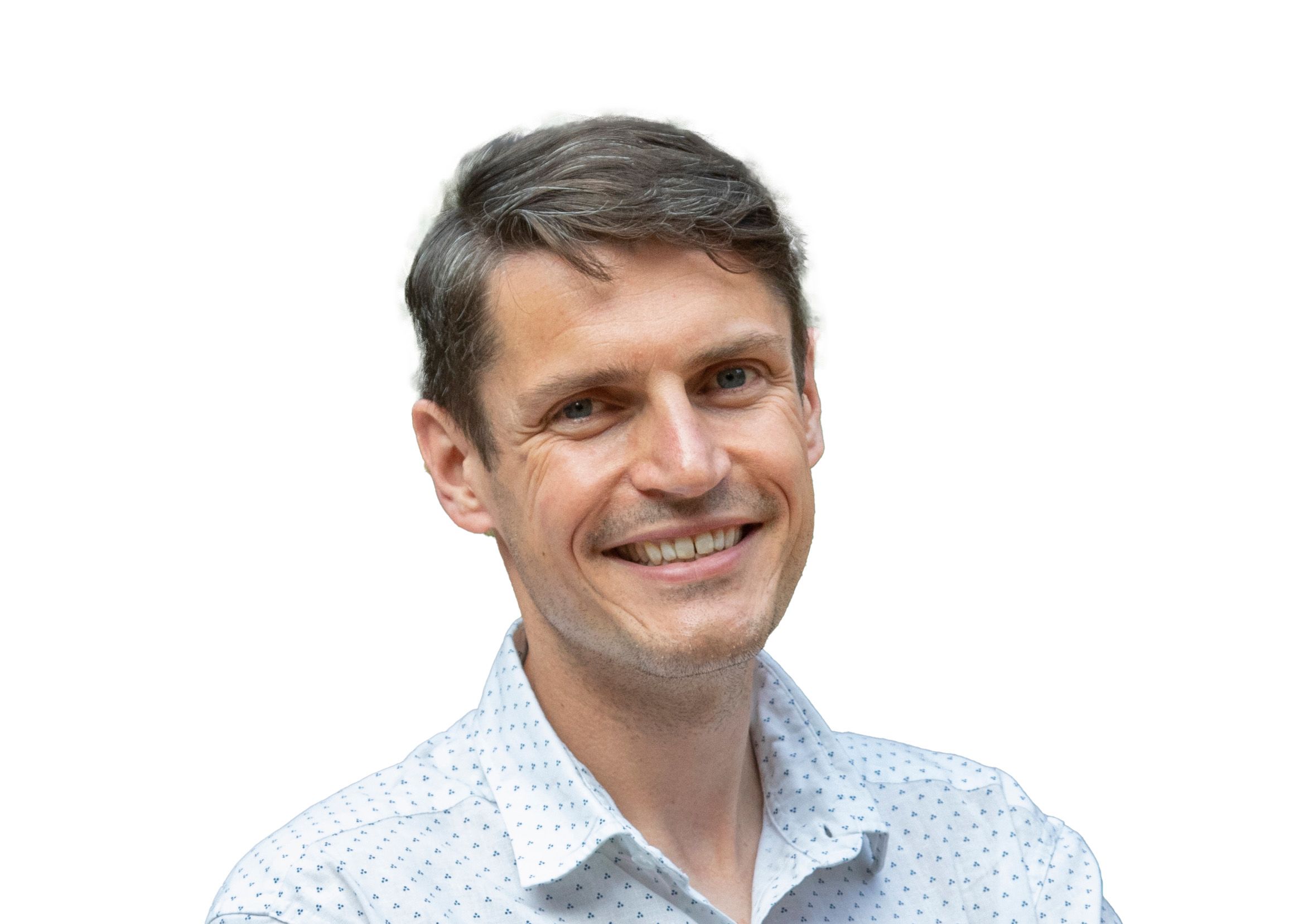
“If we’re going to understand the puzzles of ageing, I think there’s a lot to be learned from studying the extreme biology and extended healthspan of naked mole-rats.”
Ewan St. John Smith, Department of Pharmacology
“Ageing is a major risk factor for most forms of cancer,” adds St. John Smith. “Our cells accumulate mutations over time, so the longer we live, the more likely we are to develop cancer."
"We’re trying to understand what enables the naked mole-rats to be cancer resistant, in the hope it will provide insights to help us prevent cancer - or treat it more effectively - in humans."
Dementia risk
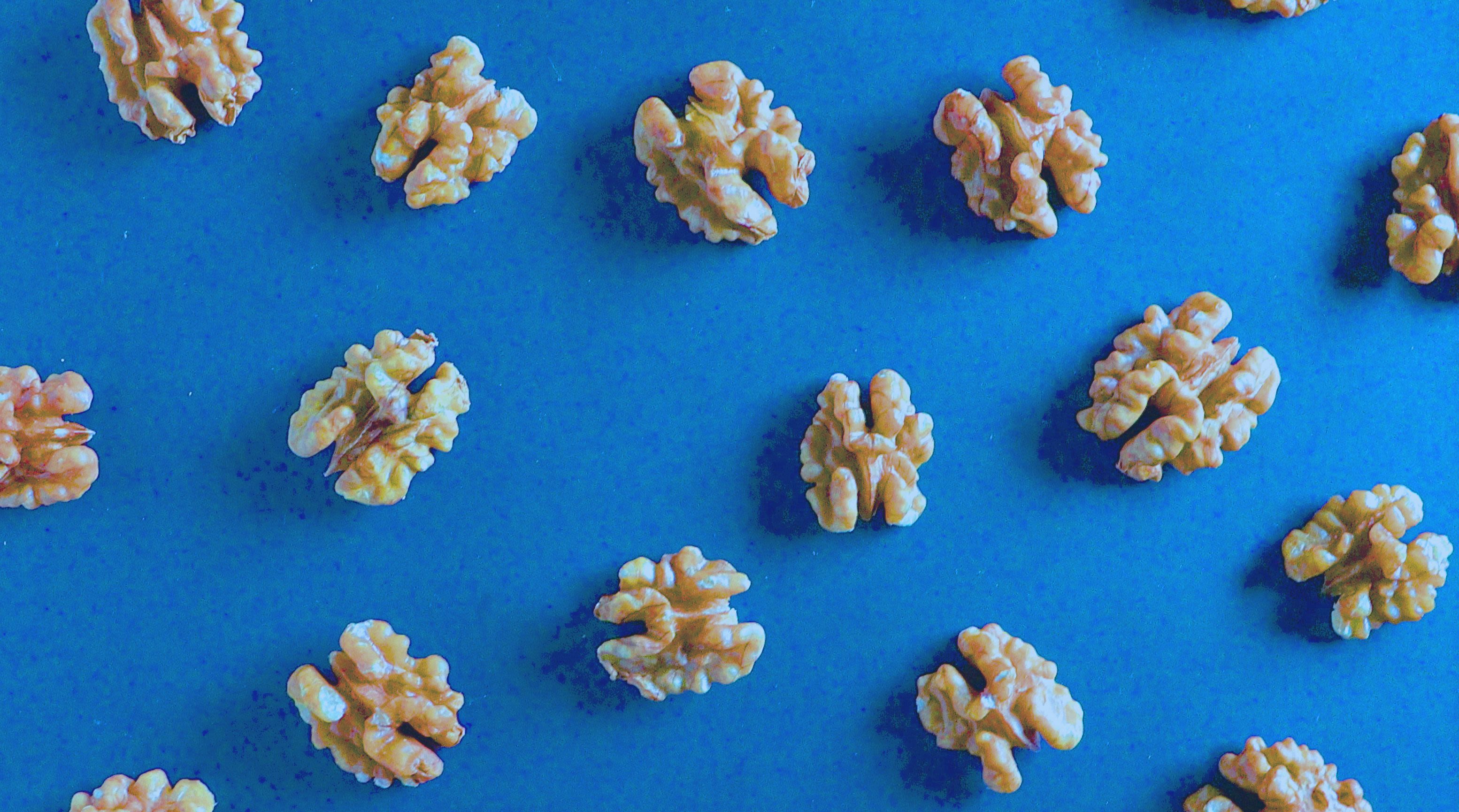
DNA mutations are also thought to play a role in some types of neurodegeneration – another group of conditions associated with ageing including Alzheimer’s and Parkinson’s’ diseases.
Dr Janet Kumita in the University’s Department of Pharmacology is investigating how proteins misfold and form clumps - called aggregates - in the brain, the hallmark of many forms of dementia.

“I’m trying to discover how the youthful body deals with protein aggregates, to see if we can put those mechanisms to work again in older age to keep the body healthy.”
Janet Kumita, Department of Pharmacology
“Protein aggregation is a very time-dependent process," she says. "In terms of a human lifespan, it takes a while for a single protein to bump into its neighbours and form the first clumps, but once that happens it’s easier for the clumps to get bigger and bigger. That’s why most neurodegenerative diseases are linked to ageing.”
The body has systems in place to identify misfolded proteins and get rid of them, but with age these systems stop working properly and more aggregates form, with debilitating effects on the brain. “In theory, if you can target the misfolded proteins, you could get rid of them before they cause problems,” says Kumita.
“When patients are showing symptoms and being diagnosed with Parkinson's or Alzheimer’s, these pathological aggregates are often already forming. If we could diagnose patients very early on, we’d have a better chance of preventing aggregation and the progression of dementia.”
Kumita has started identifying specific protein aggregates that form in the brain (there are many different configurations and sizes) and is testing ways to target and destroy them.
She’s learned a lot from experiments in test tubes and now wants to see how the process works inside body cells, where many other things are happening in tandem. That’s where the naked mole-rats come in: their brains seem to stay healthy throughout life (they usually only die because another animal kills them in a fight).
“There’s very little evidence that naked mole-rats develop protein aggregates or get neurodegenerative diseases,” says Kumita. “By looking at what’s happening in their cells to prevent these diseases, we hope to find clues to what’s going wrong in human cells – and maybe we can recreate in humans whatever the naked mole-rats are doing.”
Total rewind?

Dr Delphine Larrieu is trying to understand ageing from a different angle – by investigating the premature ageing condition, progeria syndrome.
This very rare disease affects around 400 children worldwide at any time, who start developing the signs of ageing at just a few years old. By 14, their bodies are like 80 year-olds with wrinkled skin, stiff joints, and cardiovascular disease that is usually the cause of their very early death.
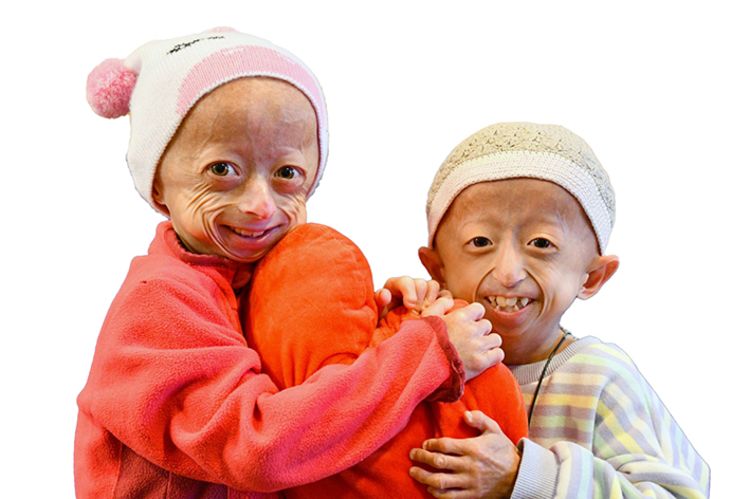
Two girls, aged 9 and 10, with progeria syndrome. Photo courtesy of The Progeria Research Foundation.
Two girls, aged 9 and 10, with progeria syndrome. Photo courtesy of The Progeria Research Foundation.
Progeria syndrome is caused by a mutation that affects the structure of the nuclear envelope – an important component of body cells which, amongst other functions, protects the DNA from damage.
“What’s interesting is that nuclear envelope dysfunction also occurs to some extent during normal ageing. So some of the cells of people who are 80-90 years old look similar to the cells of progeria patients,” says Larrieu, in the Department of Pharmacology.
“In my lab we’re trying to understand whether the mechanisms behind this are the same – both to find new treatments for progeria patients and also to learn more about what’s happening during normal ageing.”
In an incredible breakthrough Larrieu has identified genes which, when ‘knocked out’ of the cells cause the structure and function of the nuclear envelope to be improved. This is a form of cellular rejuvenation, and it has very exciting potential.
“To modify the functional state of an old cell back to a young cell we need to act on the cell biology of ageing itself,” says Larrieu.

“The idea is that rather than tackling age-related conditions one by one, rejuvenating cells back to a younger functional state could delay the appearance of all of these conditions at once.”
Delphine Larrieu
She adds: “Until around 15 years ago we always thought that a cell could only go one way, to get older. But a landmark discovery from Nobel Prize winner Shinya Yamanaka showed that it can also go in the reverse direction in a process of cellular reprogramming. This is fascinating.”
Cellular reprogramming has already been shown to work in mice: old mice can be made young again – brimming with health and energy. Excitingly, studies from the Salk Institute showed this also works in progeria mice. But much more work is needed before the technique can be used in humans, because scientists don’t really know what’s happening at the molecular level.
“A full cellular reprogramming in humans could lead to the formation of a lot of cancers, so we need a more subtle approach. We need to make the cells younger, but not take them back so far that they lose their identity,” says Larrieu. “Obviously until we really understand what’s going on we won’t try it in humans.”
Healthier for longer

As yet, nobody knows whether the healthspan can be increased without also increasing lifespan.
All these Cambridge researchers say that their goal isn’t to find a way to live forever, but to delay the appearance of age-related conditions so people can live healthily for as long as possible.
Unlike our chronological age, which starts ticking at the same rate for everyone from the moment we’re born, our biological age can be completely different – our body might actually be much younger, or older, than we think.
Decades of public health research have shown that to live longer we shouldn’t smoke, shouldn’t drink too much, should eat a healthy diet and exercise regularly. More recently, new techniques show that the right lifestyle choices can actually reverse our biological age. The new medical interventions that may follow from this research could have even stronger anti-ageing effects.
“It’s a really exciting time for ageing research,” says Larrieu. “I think we’re going to start seeing human anti-ageing interventions appearing within the next decade.”
Article published: 20 December 2023
Read more about the University's research on Extending the Healthy Lifespan
The text in this work is licensed under a Creative Commons Attribution-NonCommercial-ShareAlike 4.0 International License
